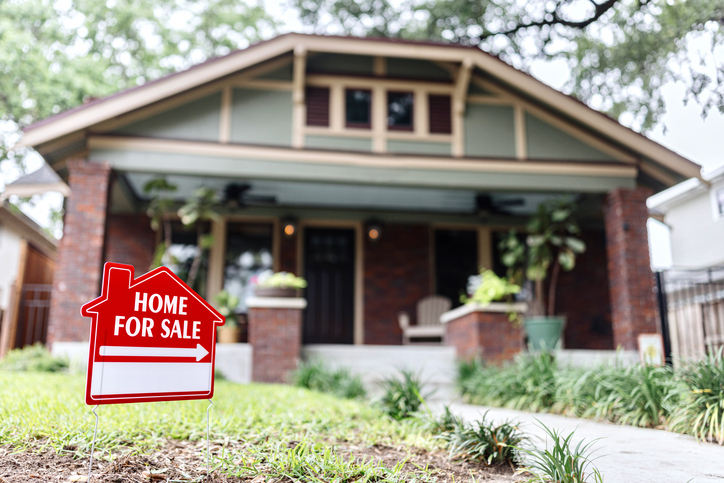Average owned by corporations
Corporate Ownership of US Residential Land
November 2025
Parcel-level analysis explores how corporate control of residential land is reshaping housing affordability, neighborhood stability, and community futures across the United States.
A Parcel-Level View of Corporate Control
Fragmented ownership records obscure who controls the land beneath our homes. Standardized parcel-level data reveals policymakers can’t fully see where investor activity clusters, much less how it reshapes affordability, tax flows, and long-term stability.
As corporations expand their share of America’s housing stock, communities need reliable, reproducible data to understand how investor ownership affects residents and local residential real estate markets.
.png)
What We Found
The report, co-authored by the Center for Geospatial Solutions (CGS) and the Lincoln Institute of Land Policy, provides a parcel-level examination of corporate residential land holdings. The findings, which leverage our Who Owns America® analysis, establish a national baseline for comparison over time and across geographies, making investor activity visible, measurable, and actionable.
8.9 %
Residential Parcels
20 +%
Corporate Ownership
In hotspot communities like Baltimore, Cleveland, and St. Louis
25
Hotspots
Counties where corporate control far exceeds national baseline
8
Policy Strategies
Communities can take to preserve housing affordability
Different Neighborhoods, Different Realities
Parcel-level mapping reveals patterns that national averages obscure: in many communities, in-state corporate landlords dominate, while in others out-of-state investors quietly extract wealth from local economies. By tracing ownership of land itself at the parcel-level, communities gain a block-by-block view of who controls their future and where exactly they need to take action to shift power back home.
.png)
Property Ownership Insights for Equitable Change
Who Owns America (WHOA) is CGS’s standardized, parcel-level methodology to classify land ownership across the United States. Using authoritative data and reproducible methods, the analysis helps communities understand who owns what and apply these learnings to tackle housing, equity, and sustainability.
CGS partners directly with states, cities, and community organizations to apply WHOA for research and custom decision-support tools that guide policy development, land-use planning, and equitable development.

Let's Rise to the Challenge
With clear, consistent parcel data, communities can identify where corporate concentration is highest and act before local control slips away.
Curious how parcel data can help you drive housing policy decisions?
We’d love to hear from you.